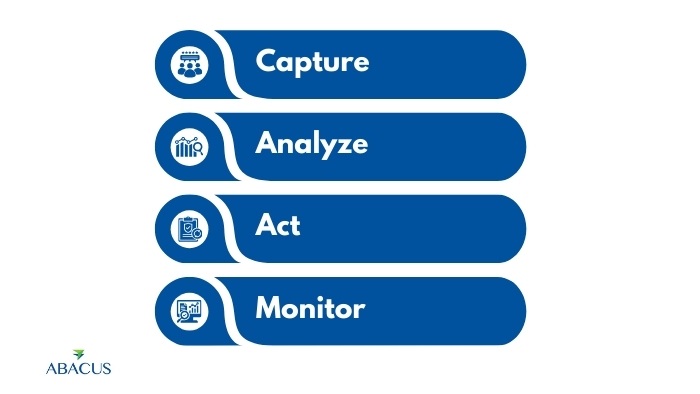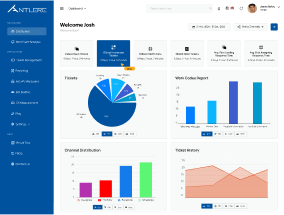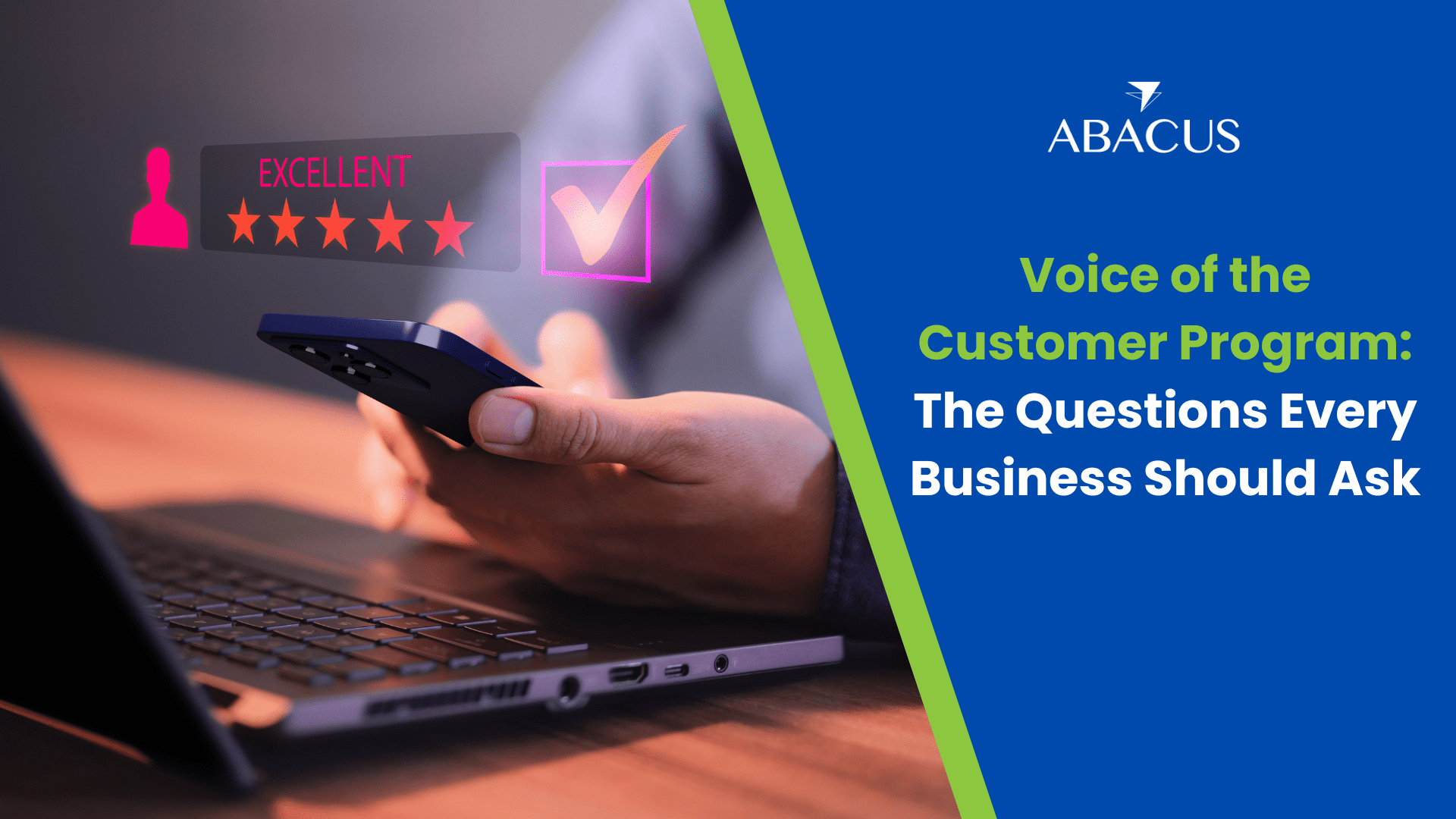Voice of the Customer Program: The Questions Every Business Should Ask
A voice of the customer program is an organized approach to getting and responding to customer feedback at all touch points. A real VoC framework, unlike ad-hoc surveys, will guarantee that the insights will drive business decisions, be it product design or improvement of services.
In the modern competitive market, the process of listening is no longer a discretionary feature of successful brands, brands that not only listen but also respond to the voice of customers in real time.
What is the voice of the consumer program?
In its simplest form, the voice of the customer (often known as voc) is a process that involves seeking feedback on customer expectations, preferences and experiences.
A voice of the customer program codifies this process in order that businesses may respond uniformly to the data they obtain. The feedback can arrive in various forms, such as surveys, online opinions, call center interactions, or even social media, and when collected in an appropriate way, it will present a fairly accurate picture of customer requirements.
How to build a Voice of the Customer program?
The development of a successful voice of the customer program begins with a set of objectives. Do you want to retain better, provide better support time or lead product innovation?
You must have the appropriate means of collecting feedback once you have set goals. This is where voice of customer tools come in, survey solutions, CRM integrations, and social listening solutions can be used to scale up data collection.
Equally important is a feedback loop: analyze responses, take action, and communicate results back to customers to close the loop.

Why is a Voice of the Customer program mission-critical today?
Customers are more demanding than ever and when they are ignored, they tend to churn and fail to generate revenue. A voice of the customer program can help businesses detect pain points in the early stages, continuously make changes, and ultimately provide improvements that do matter.
This translates to increased loyal customers, reduced acquisition cost and an obvious competitive advantage. Voc is not simply a CX add-on in many industries anymore–that is the basis of customer retention plans.
How much does a Voice of the Customer program manager make?
A VoC program manager is an increasingly important job, as organizations come to understand that they need specialists to create, coordinate, and streamline feedback strategies.
Pay ranges across the board, with some jobs being well paid and others paid similarly, usually based on analyzing, strategizing and leading competencies. Experts in the voice of customer analytics or sophisticated survey techniques have the potential to command higher compensation, as they can trace their insights to business results.
How do voice of customer tools and analytics support success?
One needs technology to scale a VoC strategy. The modern voice of customer tools facilitate gathering information through various channels, whereas the dashboards facilitate an easier way to monitor the KPIs like Net Promoter Score (NPS), Customer Satisfaction Score (CSAT), and retention rates.
Voice of customer analytics use sentiment analysis and text mining to point out any trends in massive amounts of feedback. Collectively, these systems enable businesses to identify insights that could otherwise not be identified through manual methods.
What are the four steps of VoC?
Every successful voc initiative follows a repeatable process made up of four steps:

- Capture: Collect feedback from multiple channels such as surveys, reviews, and customer support interactions.
- Analyze: Use data tools and voice of customer analytics to uncover patterns, themes, and sentiment.
- Act: Implement changes to products, processes, or services based on customer insights.
- Monitor: Track results to measure whether changes improved satisfaction, loyalty, or other KPIs.
By cycling through these four steps, a Voice of the customer program ensures continuous improvement instead of one-time fixes.
How do we prove the ROI of a VoC program?
A voice of the customer program is value creating because it makes churn a thing of the past and it leads to repeat business and loyalty.
Companies need to connect customer insights with actual financial results, to prove ROI: reduced support costs, increased lifetime value, or increased conversion rates. The program consistently aligns feedback-based action with tangible metrics thus winning the executive buy-in and ensuring long-term sustainability.
Conclusion
Listening to customers is not just about gathering comments—it’s about acting on them. With the right voc strategy, supported by effective voice of customer tools and smart voice of customer analytics, businesses can transform feedback into a growth engine.
A voice of the customer program answers the critical questions every organization should be asking: What do customers need? How can we improve? And how do we prove that these changes make a difference?









